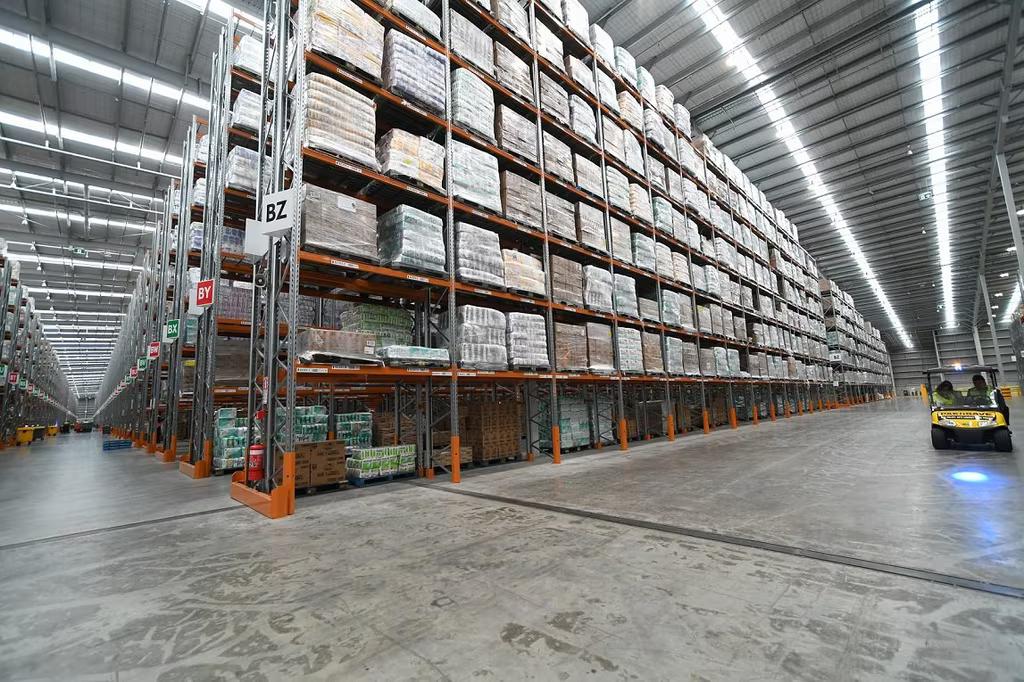
Media Release: Costs from grocery suppliers to supermarkets increase 7.5%pa in July
The pace of supplier cost increases continues to moderate in 2023 compared with last year, although monthly increases also highlight a sustained core of cost pressures remaining. The Infometrics-Foodstuffs New Zealand Grocery Supplier Cost Index (GSCI) shows a 7.5%pa increase in what suppliers charged supermarkets for goods in July 2023 compared to a year ago.
“The year-on-year increase of 7.5% in July is the fifth month in a row that annual cost increases have moderated,” says Infometrics Chief Executive and Principal Economist Brad Olsen. “Despite this continued moderation in pace, monthly costs still rose at a pace consistent with an annual trend increase of 5-6%pa, which is around triple the pace of cost increases pre-pandemic.”
The Infometrics-Foodstuffs New Zealand Grocery Supplier Cost Index (GSCI), commissioned by Foodstuffs New Zealand, measures the change in the cost of grocery goods charged by suppliers to the Foodstuffs North Island and South Island cooperatives. The Index utilises detailed Foodstuffs NZ data across over 60,000 products Foodstuffs buys to stock in store, making it the largest dataset of its type in New Zealand, to give a real-time view on supplier cost changes.
Every month, the Index tracks what it costs supermarkets to buy the goods to put on the shelf. Previous analysis shows that supplier costs are the major component of supermarket prices, representing two-thirds of the on-shelf price.
Supplier costs remained higher than a year ago across all departments, although eight out of 13 departments recorded a further moderation in cost increases. “Bakery saw the largest month-on-month increase in costs, with cakes and other sweet items driving this rise as sugar costs have increased. Grocery costs rose further too, with chocolate a substantial contributor as higher cocoa input costs hit. Produce costs were driven up by tomatoes, salad greens, and some fruits, although some of these increases were seasonal,” says Mr Olsen.
Over 6,500 items increased in cost in July 2023, the eighth largest number of items rising in cost since 2018. “The number of items rising in cost in July was the largest monthly total since February 2023, and was nearly five times higher than in 2020,” says Mr Olsen.
“A higher number of items increasing in cost reinforces the view that underlying pricing pressures persist, but they are less intense than in 2022. Some global issues remain, with rice, cocoa, and sugar prices internationally having an effect on New Zealand costs. Higher input costs for suppliers also appear to still be working their way through the system, with higher packaging and energy prices being persistent. Transport and freight costs are also set to push higher.”
ENDS
Note:
The Infometrics-Foodstuffs New Zealand Grocery Supplier Cost Index (GSCI), commissioned by Foodstuffs New Zealand, measures the change in the cost of grocery goods charged by suppliers to the Foodstuffs North and South Island cooperatives.
The Index utilises detailed Foodstuffs NZ data, across over 60,000 products, analysed by independent economics consultancy Infometrics to produce the GSCI and publish it on a monthly basis. For more details see www.infometrics.co.nz/product/grocery-supplier-cost-index.








